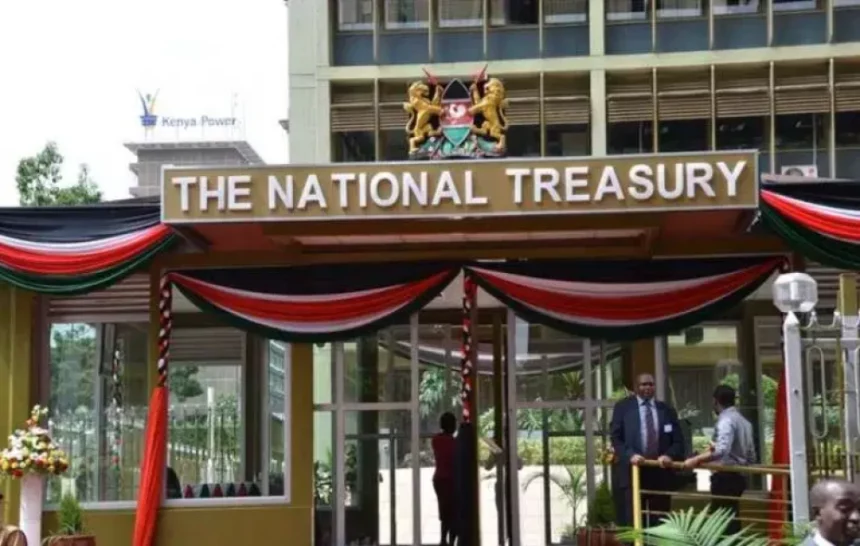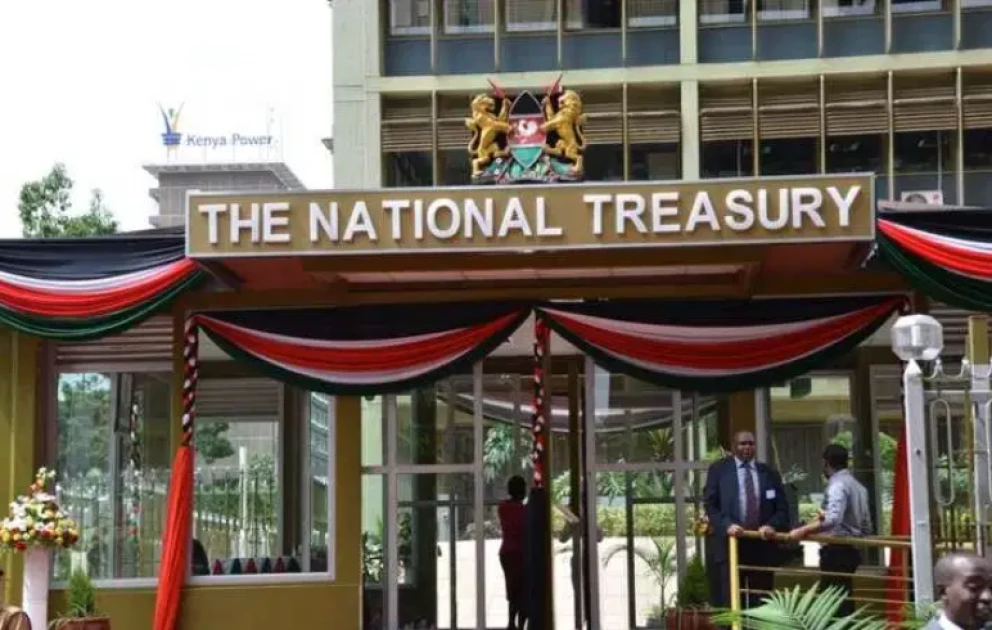Kenya will not tap into its new $544.3 million, about Sh75.3 billion, loan facility with the International Monetary Fund (IMF) until November when the first review of agreed policy reform measures is undertaken.
The IMF reached a staff-level agreement with the Kenyan government for a new loan under the Resilience and Sustainability Facility (RSF) on May 22, following the conclusion of the fifth review of the ongoing programme with the fund which has now been extended to April 2025.
Among other considerations, Kenya will be assessed on the pace of reform around incorporating green finance considerations into its budget-making process as well as measures taken to mitigate the adverse effects of climate-related risks.
Kenya has secured the RSF loan on the back of devastating drought and famine which have pushed the agricultural sector, the mainstay of its economy, into two consecutive years of contraction, -0.4 percent and -1.6 percent, in 2021 and 2022, respectively.
“Reforms under the proposed programme will include integrating climate-related considerations into budget preparation and public investment frameworks, embedding management of climate risks, including in the financial sector, and enhancing early warning systems.
“These reforms are expected to catalyse climate finance,” the IMF Staff Level Agreements states concerning the reform conditions attached to the new Sh75.3 billion loan.
This comes just six months after the Treasury published the Draft Green Fiscal Incentives Policy Framework which, among other things, proposes the government sets up a green investment bank to provide funding instruments and incentives to support the public and private sectors.
The draft framework also provides that the government will develop a road map towards the adoption of carbon taxation.
Kenya will be looking to borrow from the experience of South Africa in the adoption of carbon taxes.
“While carbon taxes can operate across many sectors, their focus and impact are often concentrated in the power sector. Several middle-income countries have implemented taxes of varying degrees of ambition over the last decade. South Africa was the first African country to introduce one in 2019 when it set a price of $8.35 per tonne of carbon dioxide,” the Draft Green Fiscal Incentives Policy Framework states.
The new Sh75.3 billion loan facility from the IMF has a 20-year repayment period with a 10.5-year grace period during which Kenya will not be required to settle any principal repayment.
The loan will also attract a variable interest rate whose initial point is 4.8 percent being 100 basis points above the special drawing rights rate set by the fund.
These terms are based on Kenya’s placement within the Group B category of countries eligible for tapping into RSF loans.
The lowest pricing for an RSF loan from the IMF would be 4.3 percent, half a percentage point above the special drawing rights rate set by the fund.
Kenya missed out on eligibility for this low rate owing to its income level and the fact that it can blend both concessional and non-concessional financing in meeting its funding needs.
Securing the RSF loan has paved the way for Kenya’s ongoing programme with the IMF to be extended from its earlier sunset date of June 2024 to the new date of April 2025.
This extension was deemed necessary given that the precondition of accessing funding through the RSF window is that a country needs to be under a programme with the IMF which will run concurrently with financing from the RSF window.
Read: Kenya set for IMF funds quota raise on reforms
Following the conclusion of the fifth review of the current programme, Kenya is now awaiting the IMF board’s greenlight to draw down Sh56.7 billion.
Kenya is now the sixth country globally and the second in Africa to tap into the IMF’s RSF loan facility coming after Bangladesh, Barbados, Costa Rica, Jamaica and Rwanda.
On May 24, the IMF Executive Board completed the first review of Rwanda’s RSF loan allowing the country access to immediate disbursement of $98.6 million, just about Sh13.6 billion.




